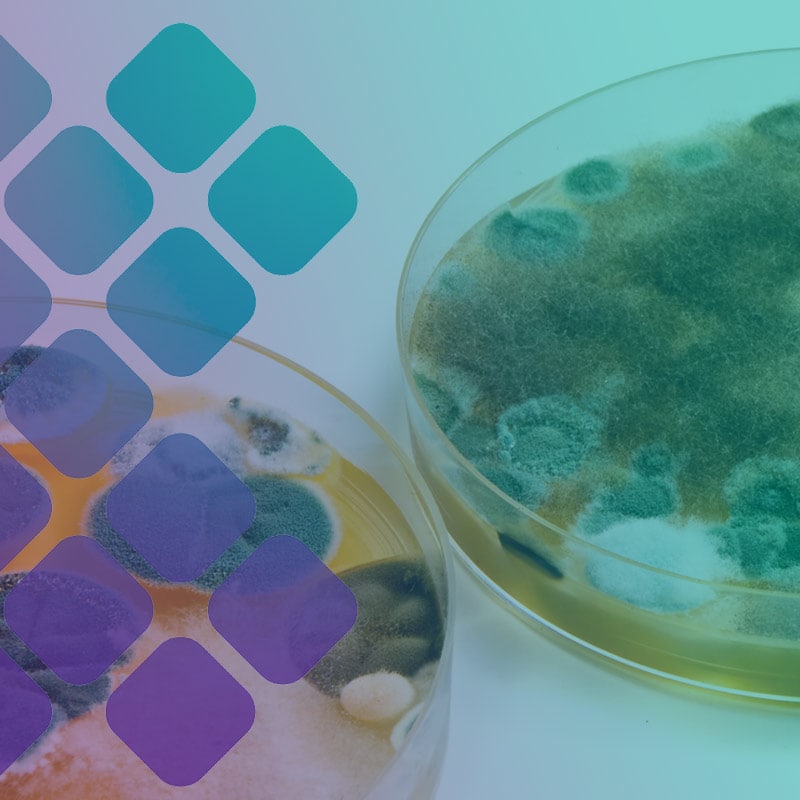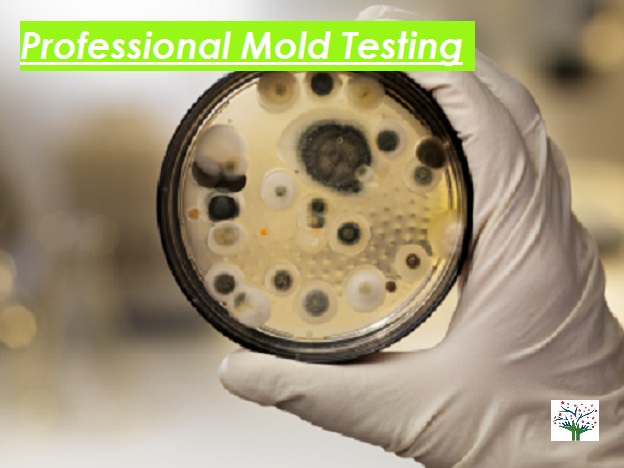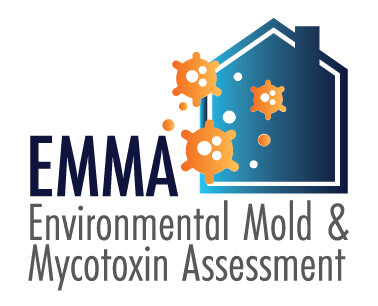Comprehending the Value of Reliable Mycotoxin testing Services
Comprehending the Value of Reliable Mycotoxin testing Services
Blog Article
Just How Mycotoxin Screening Aids Prevent Contamination and Protect Food Materials

Mycotoxin screening is an indispensable method in the food sector, offering as a frontline defense against contamination by dangerous toxins created by mold and mildews. Via the application of sophisticated strategies like High-Performance Fluid Chromatography (HPLC) and Fluid Chromatography-Mass Spectrometry (LC-MS), food manufacturers can accurately discover and evaluate mycotoxin levels in farming items.
Understanding Mycotoxins
Understanding mycotoxins begins with recognizing that they are harmful secondary metabolites produced by certain molds, which can contaminate farming items. These metabolites are not crucial for the development or recreation of the fungis however can have serious implications for animal and human health and wellness. Mycotoxins are generally discovered in staple plants such as corn, wheat, barley, and nuts, where they can proliferate under particular conditions of moisture and temperature.
There are several sorts of mycotoxins, each created by various fungal species. Aflatoxins, generated by Aspergillus varieties, are amongst the most notorious, known for their cancer causing homes. One more considerable team consists of ochratoxins, created by Aspergillus and Penicillium types, which have nephrotoxic results. Fusarium varieties generate fumonisins and trichothecenes, both of which are connected with various intense and chronic health concerns.

Threats of Mycotoxin Contamination
The risks of mycotoxin contamination are complex, positioning substantial risks to both food safety and public health and wellness. Mycotoxins, toxic substances produced by specific kinds of fungi, can infect a wide array of agricultural items including cereals, nuts, flavors, dried fruits, and coffee.
Economic effects are one more major problem. Contaminated plants can result in significant monetary losses for farmers and food manufacturers due to minimized returns and the need for expensive purification steps. In addition, worldwide profession can be considerably impeded as nations enforce stringent mycotoxin laws to protect their populations, causing denied shipments and strained trade relations.
Environmental elements such as environment modification aggravate the threat of mycotoxin contamination. Variants in temperature level and moisture can create favorable conditions for fungal growth, enhancing the possibility of contamination events. Therefore, understanding and reducing these dangers are vital for making certain the safety and security and honesty of international food products.
Approaches of Mycotoxin Examining
Properly recognizing mycotoxin contamination in farming products is vital for protecting public health and wellness and maintaining food safety standards. Numerous approaches are utilized to find and measure mycotoxins, each offering particular advantages and limitations.
High-Performance Fluid Chromatography (HPLC) is a commonly utilized method as a result of its high sensitivity and accuracy. It includes separating mycotoxins from various other materials in a sample, enabling exact quantification. Fluid Chromatography-Mass Spectrometry (LC-MS) combines fluid chromatography with mass spectrometry to offer detailed molecular details, making it especially valuable for determining multiple mycotoxins concurrently.

Gas Chromatography-Mass Spectrometry (GC-MS) and Thin-Layer Chromatography (TENDER LOVING CARE) are additionally used, each with special applications. GC-MS works for unstable mycotoxins, while TLC provides a simpler, affordable alternative for initial testing.
Benefits of Regular Testing
Normal screening for mycotoxins in farming products offers countless advantages, substantially adding to public health and food safety and security. By recognizing contamination early, routine testing aids stop the distribution of toxic foods, therefore minimizing the danger of mycotoxin-related illnesses amongst consumers. This proactive strategy not only safeguards human health yet likewise enhances the general quality of food materials.
Various nations and areas have established rigorous limits for mycotoxin levels in food and feed. Sticking to these restrictions through routine screening makes certain that distributors and manufacturers meet legal requirements, therefore avoiding penalties and trade barriers.
Furthermore, normal mycotoxin screening can lead to significant economic benefits. Early detection of contamination permits prompt treatment, lowering possible losses from widespread contamination. Implementing regular testing procedures can likewise lessen recall expenses and associated responsibilities, which can be monetarily ruining.
In addition, normal screening gives beneficial information that can educate far better farming methods and storage conditions. By understanding patterns of contamination, producers can adopt preventive measures, therefore lowering future threats and adding to the sustainability of the food supply chain.
Implementing Testing Methods
Executing reliable mycotoxin testing protocols is critical for making sure the safety and top quality of agricultural items. Each phase has to be inspected to determine where mycotoxin contamination is most likely to happen.
Once important control points are recognized, selecting ideal testing approaches is important. Usual strategies consist of enzyme-linked immunosorbent assay (ELISA), high-performance fluid chromatography (HPLC), and mass spectrometry (MS) Each technique has its toughness and weaknesses; therefore, picking the appropriate one relies on the particular mycotoxin being examined, the required visit this site sensitivity, and readily click site available resources.

Finally, incorporating the testing protocols right into a comprehensive food safety and security administration system is advisable. This improves traceability and enables speedy corrective activities when contamination is spotted, therefore protecting the honesty of the food supply chain.
Final Thought
Mycotoxin screening is vital in preventing contamination and securing food supplies by allowing very early detection of dangerous toxins created by mold and mildews in agricultural items. Advanced approaches such as HPLC and LC-MS guarantee conformity with safety and security policies and safeguard customers from health risks. Normal testing improves brand name track record, financial stability, and count on in food safety and security by decreasing contamination-related losses and keeping high criteria in food production. Carrying out rigorous screening protocols is hence necessary for the industry's overall health.
Mycotoxin testing is a crucial technique in the food sector, offering as a frontline defense against contamination by damaging toxic substances produced by molds. An incorporated strategy entailing farming methods, storage management, and normal screening can click to find out more alleviate the dangers associated with mycotoxin contamination, ensuring food safety and public wellness.
The dangers of mycotoxin contamination are diverse, positioning significant hazards to both food security and public health and wellness.Regular screening for mycotoxins in agricultural products supplies many benefits, considerably contributing to public wellness and food security.Mycotoxin screening is necessary in stopping contamination and protecting food products by allowing early discovery of hazardous contaminants created by molds in farming products.
Report this page